In an era where technology ubiquitous to every business, the approach to comprehend the vast expanse of the technological market landscape is both essential to creating a smart growth strategy.
Understanding the intricate weave of markets, industries, offerings, and models isn’t just about keeping pace; it’s about envisioning where your venture could scale amidst the digital chaos.
The market tech spectrum, encompassing sectors like LegalTech and EdTech, isn’t merely a categorization; it’s the mirror reflecting how technology is reshaping traditional domains, fostering a new breed of solutions tailored to sector-specific challenges and opportunities.
Venturing wider, the array of tech industries such as Analytics and Cybersecurity unveils the breadth of technology’s imprint, showcasing how digital solutions solve a wide range of challenges.
As we pivot towards tech offerings , the myriad array including Software, Hardware, and Consulting, emerges as the bridge connecting technological innovations with real-world applications.
The narrative further unfolds as we delve into tech models , the frameworks like Subscription and Usage-based, that dictate how tech products and services are monetized and delivered. Understanding these models is akin to mastering the pulse of market dynamics, a crucial insight that could be the linchpin in carving a niche in the competitive tech arena.
To be strategic and find growth opportunities, we must understand the competitive landscape and be able to envisage where our endeavor fits in this grand scheme.
Tech By Market: the Foundation for a Niche Approach
Technology companies have shifted over the last 10+ years to become more niche and focus on specific industries.
Often what this means is that the company is creating a technology solution that solves a specific problem for an industry which might be different than other industries.
An example might be a CRM for the real estate industry that has very specific needs comparatively to the broader market and therefore a product is created as a CRM just for Real Estate.
Below is a list of the most common Industry Techs:
- LegalTech:Focuses on providing software and tech-driven solutions to legal firms, professionals, and consumers to streamline legal processes.
- EdTech (Educational Technology):Innovates in the realm of education by creating platforms and tools that enhance learning experiences for both teachers and students.
- HealthTech (Healthcare Technology):Develops solutions to improve patient care, lower healthcare costs, and bring innovative medical technologies to the market.
- FinTech (Financial Technology):Applies technology to improve financial activities and services, including blockchain, cryptocurrency, and digital payments.
- InsurTech (Insurance Technology):Uses tech solutions to streamline the insurance sector, offering new models for underwriting, claims processing, and customer interaction.
- PropTech (Property Technology):Incorporates tech advancements into the real estate sector, enhancing buying, selling, and managing property processes.
- AgTech (Agricultural Technology):Aims to progress the agricultural sector through tech-driven solutions like smart farming, precision agriculture, and farm management software.
- AdTech (Advertising Technology):Focuses on optimizing advertising processes through automation, data analytics, and programmatic advertising platforms.
- MarTech (Marketing Technology):Utilizes technology to enhance marketing strategies, customer engagement, and analytics.
- BioTech (Biotechnology):Engages in the research and development of technological advancements in the biological and medical fields.
- GreenTech (Green Technology):Devotes to creating eco-friendly solutions and technologies to tackle environmental challenges.
- GovTech (Government Technology):Collaborates with government entities to digitize services, enhance citizen engagement, and improve government operations.
- FoodTech:Incorporates technology into the food industry to improve production, distribution, and consumption processes.
- RetailTech:Utilizes technology to improve retail operations, customer experience, and supply chain management.
- SportsTech:Employs technology to enhance athletic performance, fan engagement, and the business operations of sports organizations.
- TravelTech:Utilizes technology to enhance and streamline the travel and hospitality industry, including booking systems, VR tours, and AI-powered recommendations.
- AutoTech (Automotive Technology):Focuses on developing new technologies to enhance the automotive industry including self-driving cars, electric vehicles, and smart manufacturing.
- Cyber Tech:Provides technologies and services aimed at protecting individuals and organizations from cyber threats.
- AI and Machine Learning Tech:Engages in the development and application of artificial intelligence and machine learning technologies across various sectors.
- Blockchain Tech:Provides blockchain solutions and develops decentralized applications to transform traditional business models.
While these are common markets that find narrowed solutions, the real-life list is varied and convoluted as companies and markets can be broader or narrower.
Tech Solutions: The Wide Spectrum of What Tech Influences
On the opposite side of niche, are the solutions for technology that include ones that have been around for many years as well as new bleeding edge solutions.
Often these cross where a Technology Solution is focused on a Market to create a highly specific offering.
Here is a list of common Tech Solutions:
- Artificial Intelligence:
Creating computer systems capable of performing tasks that require human intelligence. - Augmented Reality:
Overlaying digital information onto the real world through devices like smartphones or AR glasses. - Autonomous Vehicles:
Vehicles capable of sensing their environment and operating without human involvement. - Backup & Recovery:
Ensuring data is copied and stored safely so it can be restored after a loss. - Battery Technology:
Development of energy storage solutions to power various devices and vehicles. - Biotechnology:
Utilizing biological processes, organisms, or systems to manufacture products. - Building Systems:
Integrated systems within structures that ensure comfort, safety, and efficiency. - Business Intelligence:
Analyzing business data to aid decision-making and improve organizational performance. - Business Process Outsourcing:
Contracting certain business tasks to external service providers. - Cloud Computing:
Delivering computing services like servers, storage, and processing over the internet. - Cloud Infrastructure:
The hardware and software components required for cloud computing. - Cloud Platforms:
Environments that provide everything necessary to build, deploy, and manage applications in the cloud. - Cloud Storage:
Storing data on remote servers accessible via the internet. - Collaboration Tools:
Software and applications that help individuals and teams work together efficiently. - Communication Tools:
Devices or applications enabling the exchange of ideas and information. - Consumer Electronics:
Electronic devices intended for everyday use, typically in entertainment, communication, and office productivity. - Content Platforms:
Online environments where digital content like videos, articles, and photos are shared and accessed. - Cybersecurity:
Protecting computer systems, networks, and data from theft, damage, or unauthorized access. - Data Analytics:
Examining large datasets to uncover trends, analyze patterns, and derive insights. - Data Integration:
Combining data from different sources into a unified view for analysis and reporting. - Data Management:
The practice of collecting, keeping, and using data securely, efficiently, and cost-effectively. - Data Providers:
Organizations that collect and distribute data to others, often for analysis or business intelligence purposes. - Digital Advertising:
Promoting products or services through digital channels like social media, email, and search engines. - Digital Design:
Creating visuals, graphics, and layouts using digital tools and software. - Digital Government Services:
Providing government services through digital platforms for ease of access and efficiency. - Digital Marketing:
Promoting products or services using digital technologies, mainly on the internet. - Digital Markets:
Online platforms where goods and services are bought and sold. - Digital Media:
Electronic media used to store, transmit, and receive digitized information. - E-commerce:
Buying and selling of goods and services through the internet. - Electric Vehicle:
Vehicles powered by electric motors using energy stored in batteries. - Energy Technology:
Technologies related to the production, distribution, and storage of energy. - Film Production Technology:
Tools and software used to produce, edit, and distribute films. - Food Processing Technology:
Applying modern technology to the processing, packaging, and distribution of food. - Games:
Digital interactive entertainment experiences, often categorized into genres based on gameplay, setting, and story. - Hardware:
The physical parts of a computer or related device. - Home Appliances:
Electrical or mechanical machines which accomplish household functions. - Home Automation:
Using systems and devices to control elements of a home automatically. - IT Infrastructure:
The physical and organizational structures needed to operate and manage IT environments. - Industrial Automation:
Using control systems and information technologies to reduce the need for human work in the production of goods and services. - Internet of Things:
Connecting everyday objects to the internet to collect and exchange data. - Manufacturing Technology:
Implementing modern technologies to improve the efficiency and effectiveness of manufacturing processes. - Materials Science:
Investigating the properties and applications of materials to develop new products or enhance existing ones. - Media Technology:
Technologies used in the creation, distribution, and consumption of media content. - Mobile Apps:
Software applications designed to run on smartphones, tablets, and other mobile devices. - Mobile Devices:
Portable computing devices such as smartphones and tablets. - Music Technology:
Technologies used to create, perform, record, and listen to music. - Nanotechnology:
Manipulating matter on an atomic, molecular, or supramolecular scale to build structures, devices, and systems. - Ocean Engineering:
Designing, constructing, and maintaining tools and equipment used in the underwater and offshore industries. - Office Automation:
Utilizing modern technology to automate routine office tasks. - Quantum Computing:
Utilizing principles of quantum mechanics to perform computations at speeds unattainable by classical computers. - Retail Technology:
Technologies employed in the retail sector to enhance customer experience and operational efficiency. - Robotics:
Designing, constructing, and operating robots to perform tasks autonomously or semi-autonomously. - Sales Force Automation:
Using software to automate business tasks of sales, including order processing, contact management, information sharing, inventory monitoring and control, order tracking, customer management, sales forecast analysis and employee performance evaluation. - Science Technology:
Tools, equipment, and technologies used in scientific research and exploration. - Security Infrastructure:
Physical and organizational structures that ensure the safety and security of information, assets, and individuals. - Smart City Technology:
Integrated digital solutions and data analytics employed to optimize urban services, enhance sustainability, and improve the quality of life for residents. - Social Media:
Online platforms that facilitate the creation, sharing, and exchange of content among users, promoting social networking and community building. - Software:
Coded instructions that enable computer systems to perform specific tasks, ranging from simple applications to complex operating systems and middleware. - Solar Power Systems:
Technologies that harness sunlight to generate electricity, including photovoltaic panels and concentrated solar power systems. - Space Technology:
Innovative tools, techniques, and systems developed to explore, navigate, and utilize outer space, contributing to advancements in communication, surveillance, and scientific discovery. - Streaming Media:
Digital delivery of audio and video content over the internet, allowing real-time or on-demand access to multimedia without the need for download. - Telecommunications:
Transmission of information by various types of technologies, including wireless, satellite, and wired systems, facilitating communication over distances. - Transportation Technology:
Innovations aimed at enhancing mobility, safety, and efficiency in the movement of people and goods, including autonomous vehicles, smart traffic systems, and electric propulsion. - Virtual Reality:
Interactive, immersive digital environments that simulate physical presence in real or imagined worlds, offering experiences through visual, auditory, and tactile feedback. - Aerospace Engineering:
The design, development, and testing of aircraft and spacecraft.
Tech Offering Models: The Delivery of Solutions As Software, Hardware or Service
When it comes to selling technology either across markets within an industry, multiple industries in a market or whatever you product-market-fit looks like, there are a number of models you can also look to.
In this world driven by digital transformation, the architecture of tech offerings has become as diverse as it is innovative. It’s a realm where software, hardware, and various as-a-service models coalesce to form the backbone of modern enterprises and consumer experiences.
- Consulting:
Providing expert advice, guidance, and practical solutions to organizations on how to leverage technology to meet their objectives - Software:
Standalone applications sold as one-time purchases. - Software-as-a-Service (SaaS):
Cloud-based software provided on a subscription basis. - Hardware:
Physical devices sold as one-time purchases. - Hardware-as-a-Service (HaaS):
Hardware provided on a lease or subscription basis. - Platform-as-a-Service (PaaS):
Cloud-based platforms that provide a framework for developers. - Infrastructure-as-a-Service (IaaS):
Online services that provide virtualized computing resources. - Function-as-a-Service (FaaS):
Cloud computing services that allow to run code in response to events. - Database-as-a-Service (DBaaS):
Database management and hosting provided as a service. - Network-as-a-Service (NaaS):
Network services provided on a subscription basis. - Storage-as-a-Service (STaaS):
Cloud storage services provided on a subscription basis. - Communications-Platform-as-a-Service (CPaaS):
Cloud-based platforms that enable real-time communication. - Container-as-a-Service (CaaS):
Container management services that automate the deployment of applications.
Tech Acquisition Models: How You Go-to-Market to Aquire Customers
In the dynamic and innovative realm of technology, an array of business models has blossomed, each tailored to the unique characteristics and demands of the tech sector they operate within.
These models are not merely frameworks; they are the linchpins that hold the tech companies to their revenue streams, customer engagement, and market positioning.
- Subscription Models:Offering products or services on a subscription basis, often seen in Software-as-a-Service (SaaS), Hardware-as-a-Service (HaaS), and similar models where customers pay a recurring fee for continuous access to the product or service.
- Usage / Pay-as-you-go Models:Customers only pay for the amount of service or product they use, commonly seen in cloud computing services.
- Licensing Models:Selling licenses to use software, often with tiered pricing based on the number of users or the level of access and features provided.
- Advertising Models:Offering free or lower-cost products while generating revenue through advertising, commonly seen in online platforms and apps.
- Marketplace Models:Creating a platform that connects buyers and sellers, and charging a fee for transactions conducted through the platform.
- Transactional Models:Charging customers per transaction or usage, often seen in payment processing or other transaction-based services.
- Freemium Model:A combination of “free” and “premium”, this model offers a basic version of the product for free while charging for the full or upgraded version.
- Software-led Product Restructuring:Transition from selling hardware with integrated software to selling software separately, which can run on any hardware, allowing for more flexible and cost-effective solutions.
- Public-cloud and Hybrid-cloud Extension:Extending product offerings to cloud and hybrid-cloud deployment models, enabling seamless workload management across multiple deployment environments, and often transitioning from traditional hardware sales to software and services revenue.
From the Freemium paradigm that entices users with a taste of premium offerings for zero cost, to Software-as-a-Service (SaaS) models that promise seamless upgrades and robust support, each model presents a distinct avenue for delivering value. Meanwhile, Hardware-as-a-Service (HaaS) and Infrastructure-as-a-Service (IaaS) models are redefining ownership and accessibility in the hardware domain.
The advent of cloud computing has birthed models like Platform-as-a-Service (PaaS) and Function-as-a-Service (FaaS), enabling businesses to scale and innovate with unprecedented agility. On the other end of the spectrum, traditional licensing and subscription models continue to hold their ground, offering a sense of familiarity amidst the whirlpool of digital transformation.
Moreover, the transition towards software-led products and the extension into hybrid and public cloud spaces are exemplars of how tech companies are continuously evolving their business models to stay afloat in the ever-turbulent tech waters.
Through understanding these models, one gains insight into the multifaceted strategies tech ventures employ to navigate the complex and competitive tech industry landscape.
Building Your Stack or Niche
Tech Industry Stack
The most traditional of the models is the industry stack where a product, consultancy or device provides a specific type of technology across all or many markets.
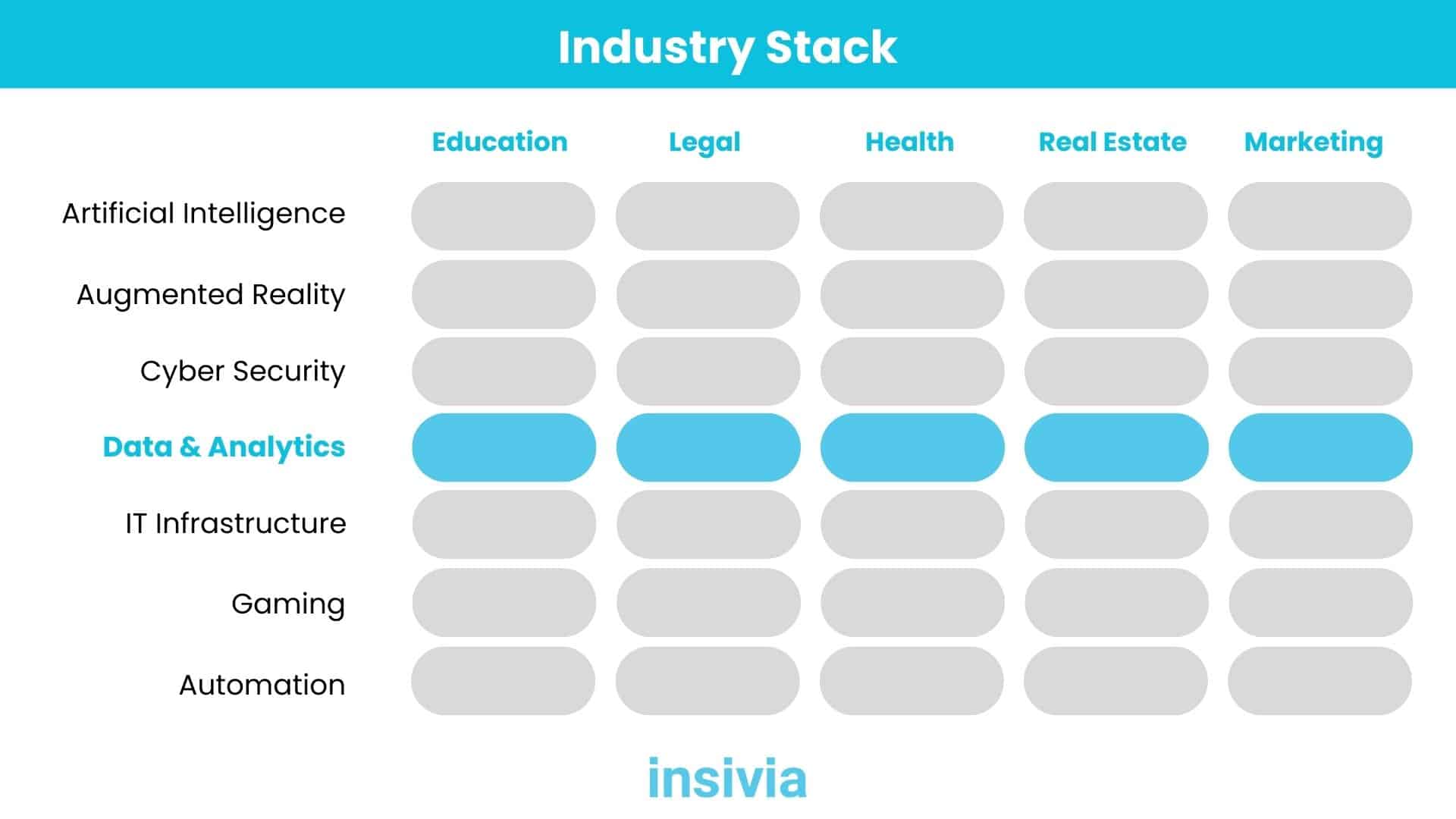
Market Tech Stack
In this scenario, a company may choose a market and look to provide separate or integrated technology solutions to just that market.
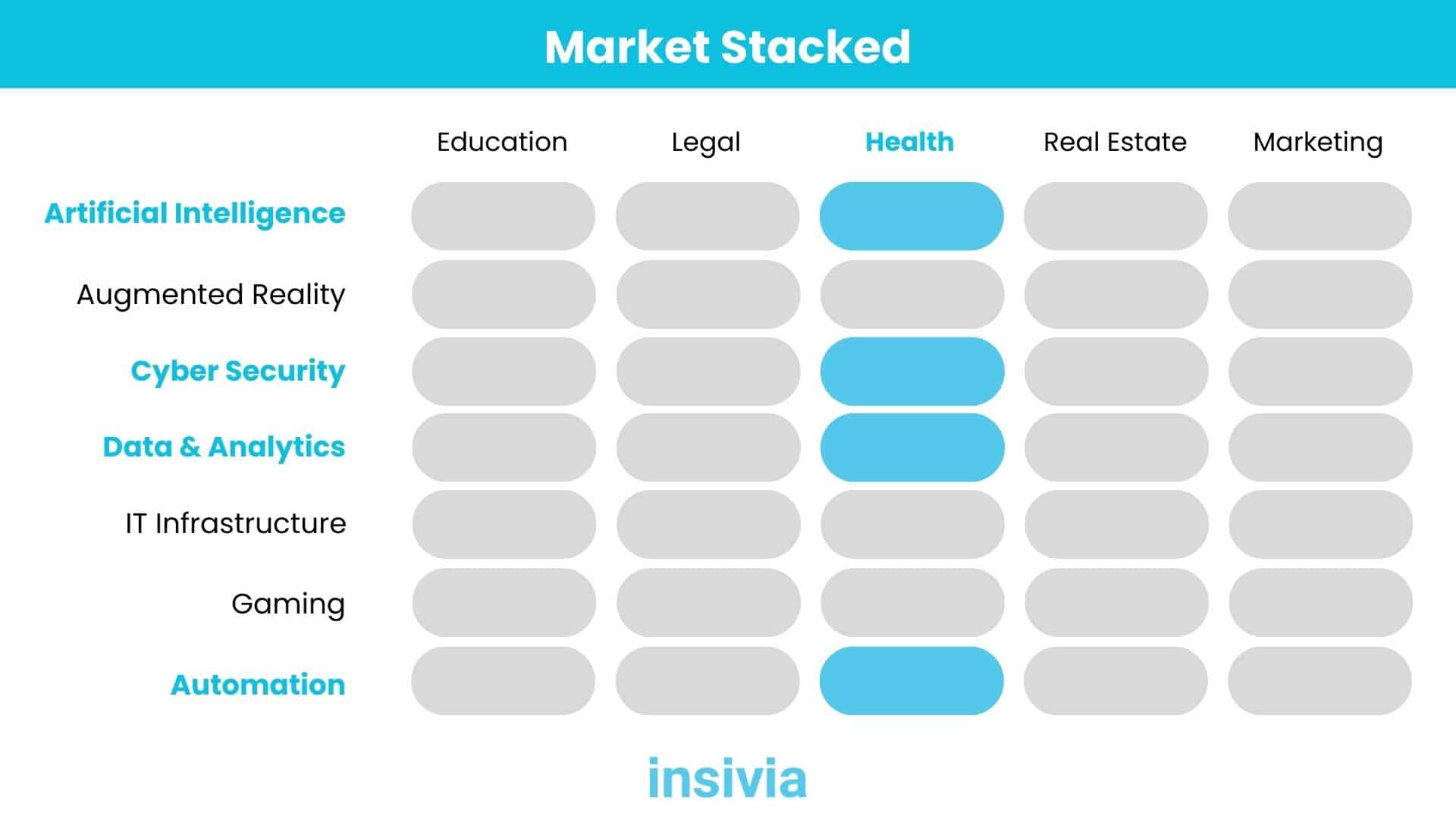
Niche
Today, many products are launching that are hyper-focused and niche. This scenario is often a highly specialized offering for a single market and single tech industry.
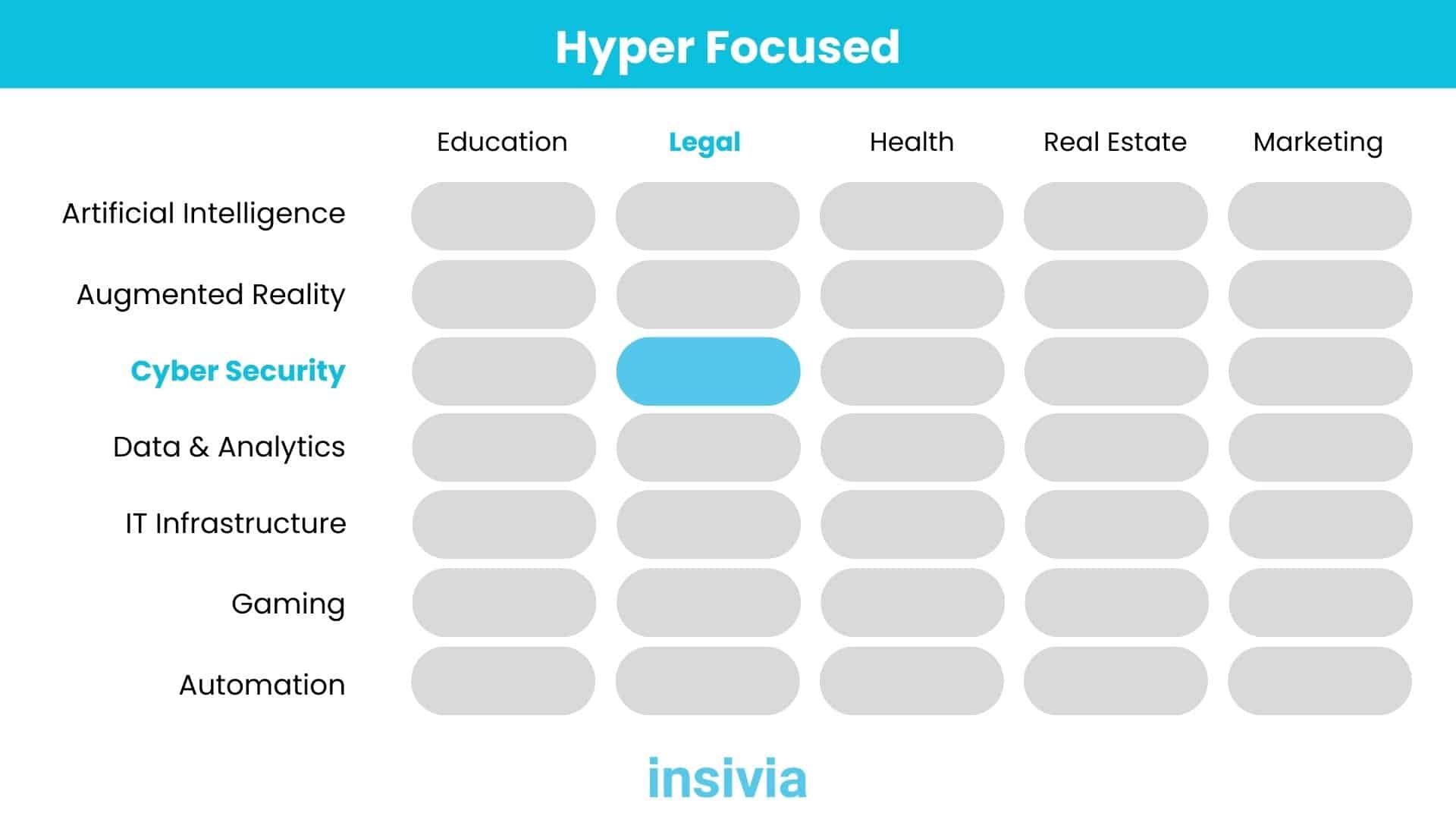
Determining Your Offering & Model
This is a smart place for businesses to test and iterate to determine what provides the greatest new customer acquisition and retention.
These offerings and models can be mixed and matched in a variety of ways to create a competitive market position.
Ad Supported, Transactional & Usage Based.
Imagine an entertainment company selling digital movies and / or podcasts. They may have a package that you pay per hour watching, a packaged that has ads every 15 minutes or the ability to purchase single episodes.
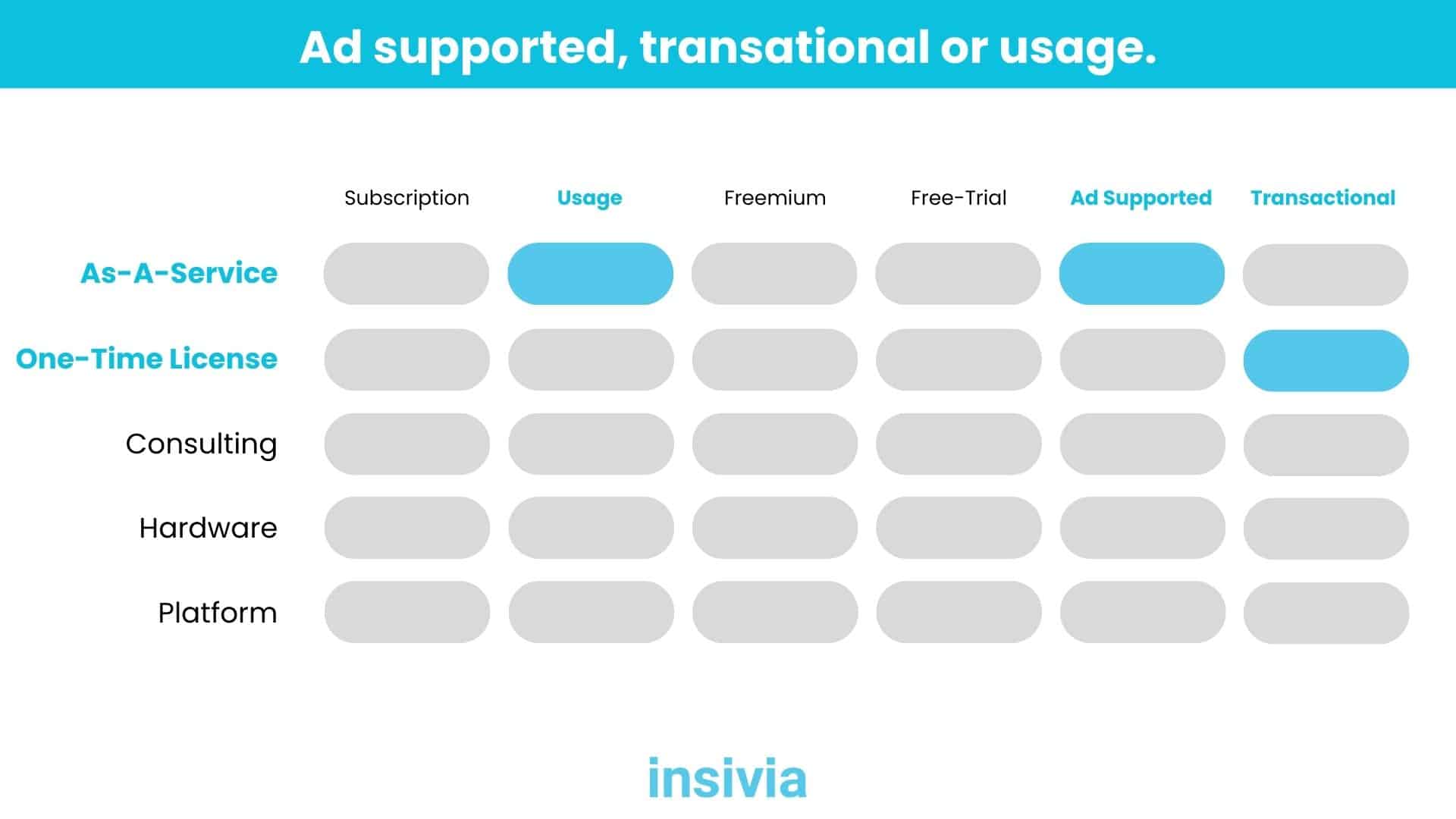
SaaS Subscription With Free Trial
A common model is the subscription that is typically monthly and/or annually but starts as a free trial for some period of time.
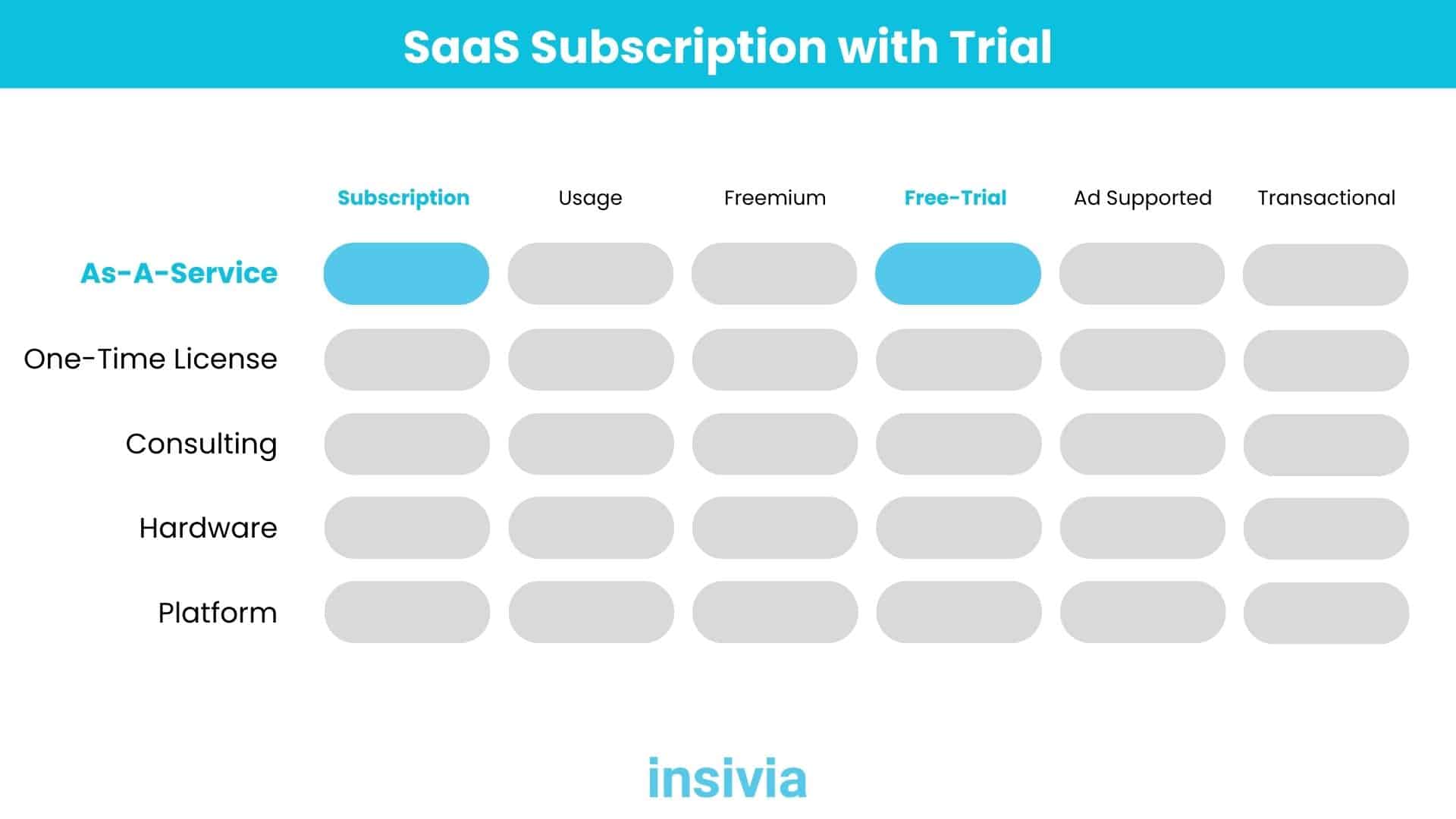
SaaS Subscription With Freemium & Services
Another model could be a freemium product with an upgrade into a monthly subscription but also offering consulting services with the product in single transactions.
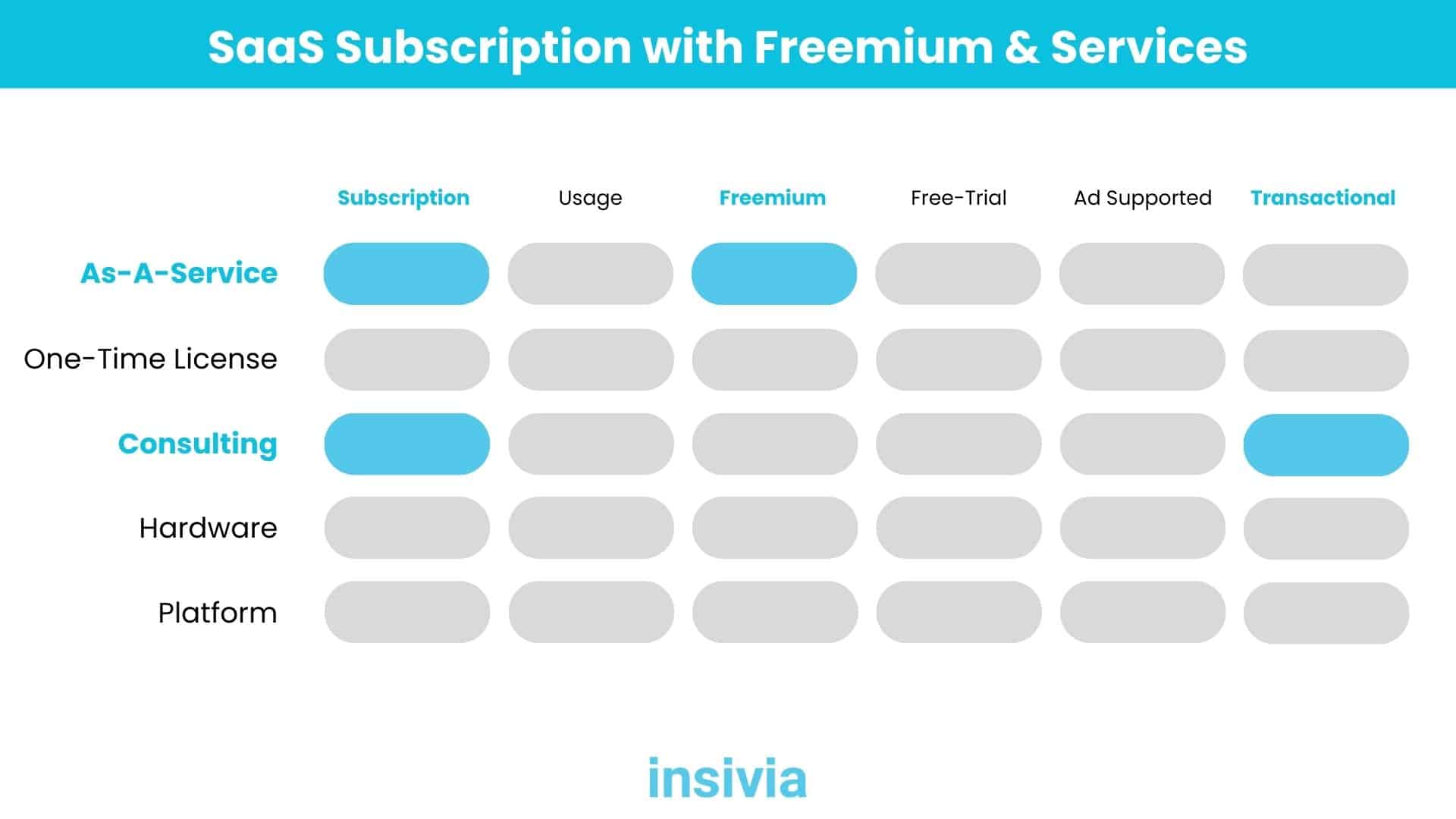
Strategizing for Market Penetration and Beyond
Strategically determining your approach at the start of a company or as a process to continue to evolve or innovate of starts with these questions.
While the strategies can be many, some common ways that organizations look at it are:
Niching down
If you are in a competitive industry, say Cybersecurity, an approach can be to narrow down, build additional specialization and own a corner of the market.
In this scenario, a cyber security company may Niche down to education and begin to develop solutions for teachers, parents and students that no other cybersecurity company can.
This tactic often helps remove or reduce competition by making the other competitors too generic.
Solution Stacking
Another smart approach, usually one that comes after building dominance in a niche is to create additional solutions within the dominated market.
Let’s take our Education Cyber Security software company from above. Once they have gained traction in education offering cyber security, it becomes a smart strategy to expand to hardware or data & analytics.
This approach allows them to leverage their dominance and existing presence to quickly expand revenue.
Expanding Markets
Some companies who have a strong Niche, may also expand markets.
To continue with our Education Cyber Security, they may look at Government or Healthcare where those markets tend to have similar regulations and high compliance requirements.
The thing to be careful of is either biting off more than you can chew that hurts any current domination or not building strategies within niches that create true differentiation to dominate.
